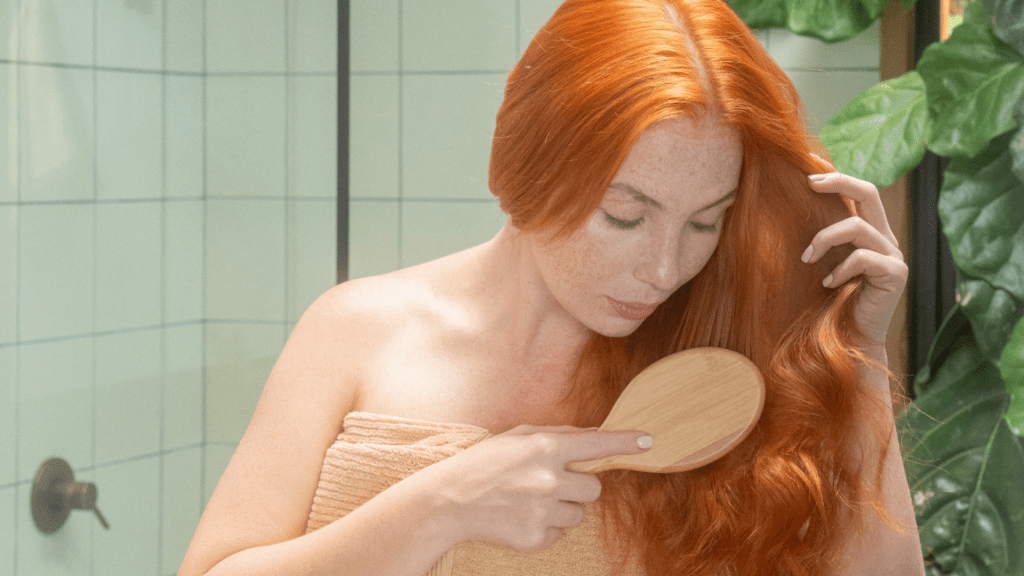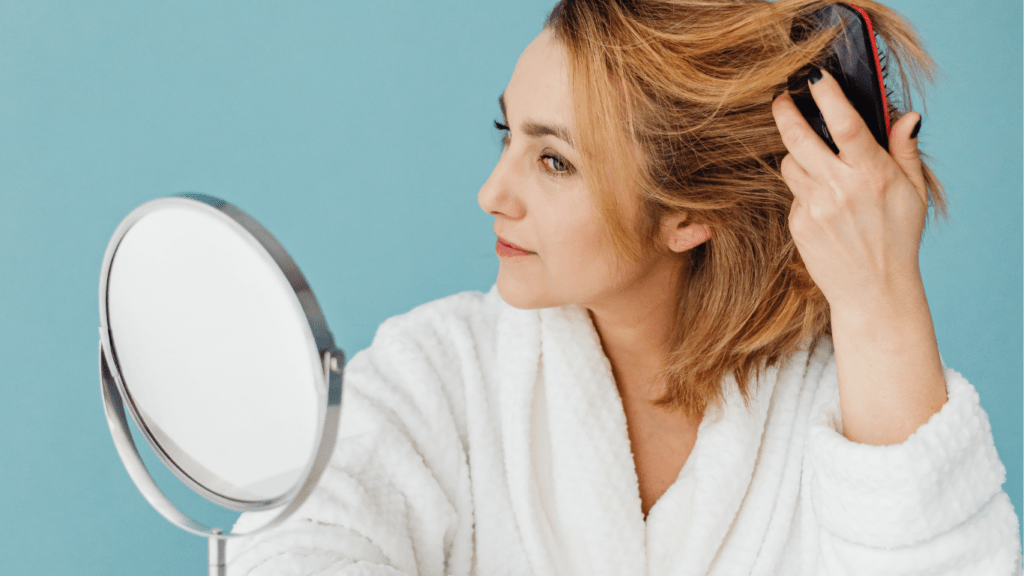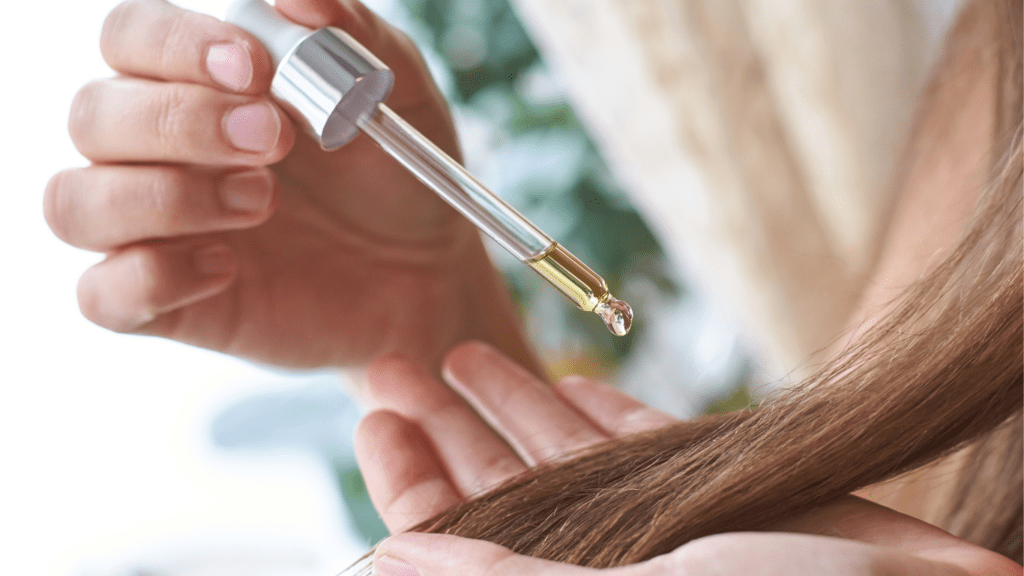The Evolution of Hair Care Practices
Hair care practices have significantly evolved due to the pandemic. During lockdowns, many people faced limited access to salons. This led to an increase in DIY haircuts, home coloring kits, and natural hair treatments. YouTube tutorials and virtual consultations became popular solutions for hair care guidance.
Post-pandemic, there’s a renewed focus on holistic hair care. People are now more inclined to use organic products, prioritize scalp health, and seek sustainable beauty routines. This shift also includes a preference for minimalistic hair care regimes that ensure long-term health rather than short-term aesthetic results.
Digital innovations have also transformed hair care practices. Virtual consultations, AI-driven hair assessments, and personalized product recommendations provide tailored solutions for individual hair needs. These advancements help maintain the momentum of DIY hair care while incorporating professional expertise.
The Impact of the Pandemic on Hair Health
The pandemic has significantly affected hair health, disrupting routines and exposing hair to new stressors. Isolation, stress, and limited access to professional care have combined to create new challenges.
Increased Stress and Hair Loss
Stress levels increased during the pandemic, contributing to hair loss for many people. Elevated stress disrupts hair growth cycles, leading to conditions like telogen effluvium where hair follicles enter the resting phase prematurely. The American Academy of Dermatology reported a rise in stress-induced hair shedding cases. It’s crucial to manage stress through techniques like:
- meditation
- exercise
- proper nutrition
to support hair health.
DIY Hair Treatments at Home
With salons closed, many turned to DIY hair treatments at home. People used home coloring kits, performed self-haircuts, and tried various hair masks.
While some succeeded, others experienced damage due to lack of professional guidance. Common issues included over-processing, uneven cuts, and scalp irritation. It’s important to use high-quality products and follow expert advice when opting for at-home treatments to minimize potential damage.
Understanding Hair Care Needs Post-Pandemic
The pandemic reshaped how we think about hair care, necessitating adjustments to both our physical and emotional routines.
Physical Hair Health
Stress from the pandemic negatively impacted hair health, causing many to experience hair loss. High-quality products became vital, with natural ingredients like aloe vera and coconut oil gaining popularity.
Attention to scalp health intensified, with individuals using exfoliating scrubs and specialized shampoos to ensure a healthy foundation for hair growth. Salons shifted focus to repair treatments, helping clients recover from home hair experiments. Hydration played a key role, with deep conditioning treatments and leave-in serums gaining traction.
Mental and Emotional Well-Being
Hair care habits influenced mental health, offering therapeutic benefits in tumultuous times. Individuals found solace in routine activities like hair treatments and styling.
Virtual consultations provided emotional support, offering professional advice without the need for physical visits. The act of self-care through hair routines boosted overall morale, creating a sense of normalcy. Mindfulness practices, integrated into hair care, helped manage stress, contributing to both healthier hair and a calmer mind.
Essential Hair Care Tips for the New Normal

The post-pandemic world calls for renewed hair care routines. Let’s dive into essential tips to maintain healthy and beautiful hair in the new normal.
Basic Maintenance
Keeping hair clean and conditioned is vital. Use sulfate-free shampoos twice a week to avoid stripping natural oils. Follow up with a hydrating conditioner for moisture retention. Regular trims every 6-8 weeks prevent split ends, keeping hair healthy.
Proper combing techniques reduce breakage. Use wide-tooth combs on wet hair and soft-bristle brushes on dry hair. Protect hair from heat damage by applying thermal protectants before using styling tools.
Advanced Treatments and Innovations
- Advanced treatments offer deeper nourishment.
- Hair masks infused with ingredients like keratin and argan oil restore damaged hair.
- Apply once a week for optimal results. Scalp treatments improve scalp health, supporting overall hair growth.
- Innovations in hair care include laser therapy and PRP (Platelet-Rich Plasma) treatments.
- Laser therapy stimulates hair follicles, boosting growth. PRP involves injecting the scalp with platelets to promote hair regeneration.
- For best results, consult hair care professionals for personalized advice.
Sustainable and Ethical Hair Care
Sustainable and ethical hair care has gained significant attention post-pandemic. Consumers are now more aware of their choices’ impact on the environment and animal welfare.
Eco-Friendly Products
Using eco-friendly products ensures that hair care routines don’t harm the environment. Brands now offer shampoos, conditioners, and styling products made from biodegradable ingredients.
Packaging also matters. For instance, opting for products with recyclable bottles or those manufactured using sustainable practices reduces plastic waste. Companies like Ethique and Plaine Products are leading this change with their zero-waste packaging. Moreover, ingredients like bamboo, coconut oil, and aloe vera in these products promote both sustainable harvesting and hair health.
Cruelty-Free Brands
Cruelty-free brands don’t test their products on animals. This practice aligns with a more ethical approach to hair care. Many brands now carry cruelty-free certifications, ensuring no animals were harmed at any stage of product development.
Brands like Aveda and Paul Mitchell have set standards in the industry, rejecting animal testing and often using vegan-friendly formulas. Choosing cruelty-free products supports humane practices while maintaining quality hair care. This shift shows that efficacy in hair products and animal welfare can coexist, reflecting a conscientious consumer choice in the post-pandemic world.



 Senior Hair Health Advisor
Maria is a dedicated professional specializing in hair health and wellness. She brings a wealth of knowledge on how to maintain strong, resilient hair through natural and science-backed methods. Maria’s detailed guides and expert advice help readers enhance their hair health, offering personalized solutions to common hair concerns.
Senior Hair Health Advisor
Maria is a dedicated professional specializing in hair health and wellness. She brings a wealth of knowledge on how to maintain strong, resilient hair through natural and science-backed methods. Maria’s detailed guides and expert advice help readers enhance their hair health, offering personalized solutions to common hair concerns.
